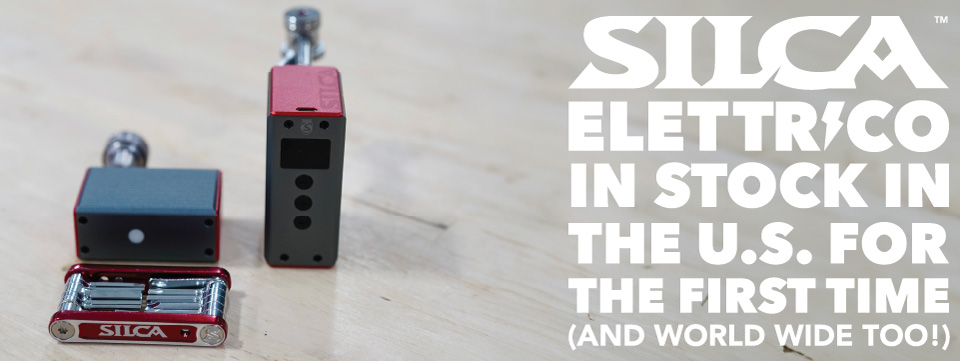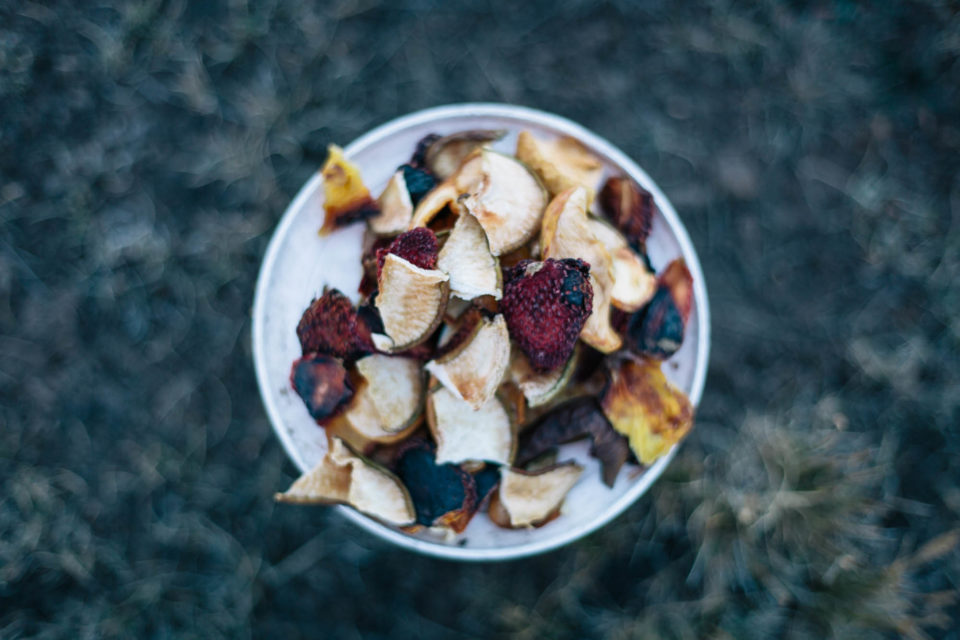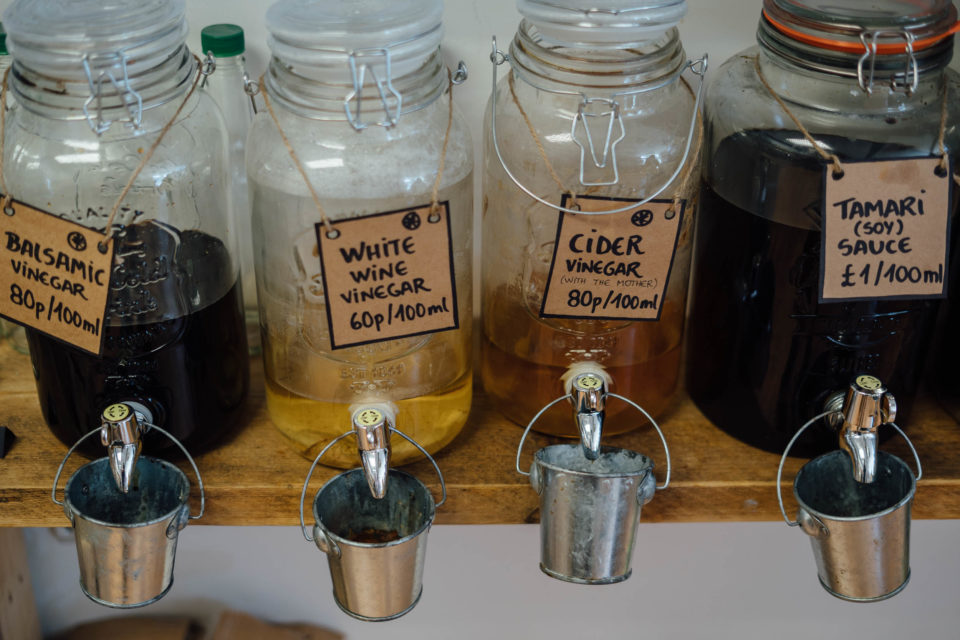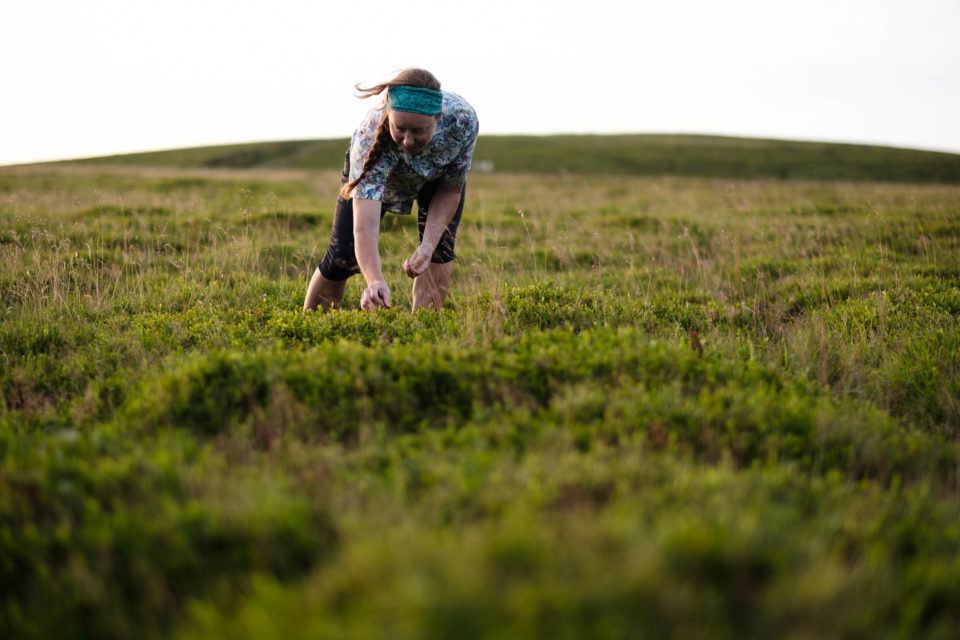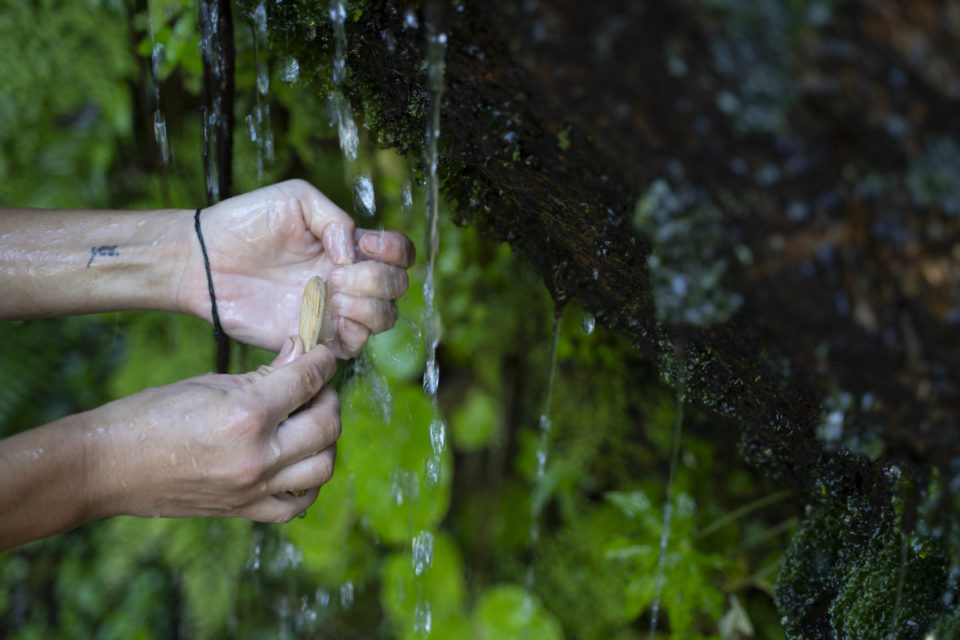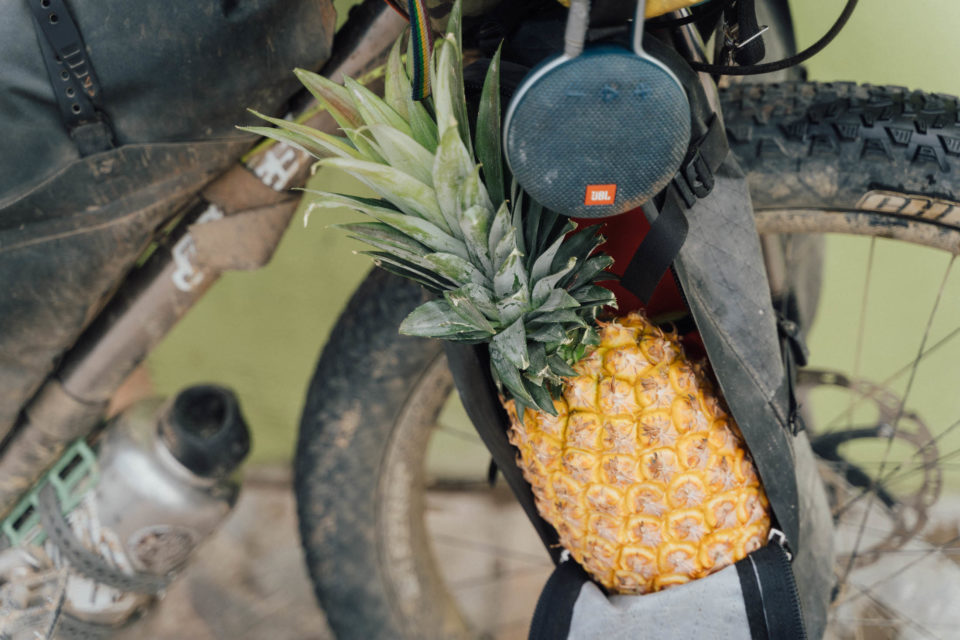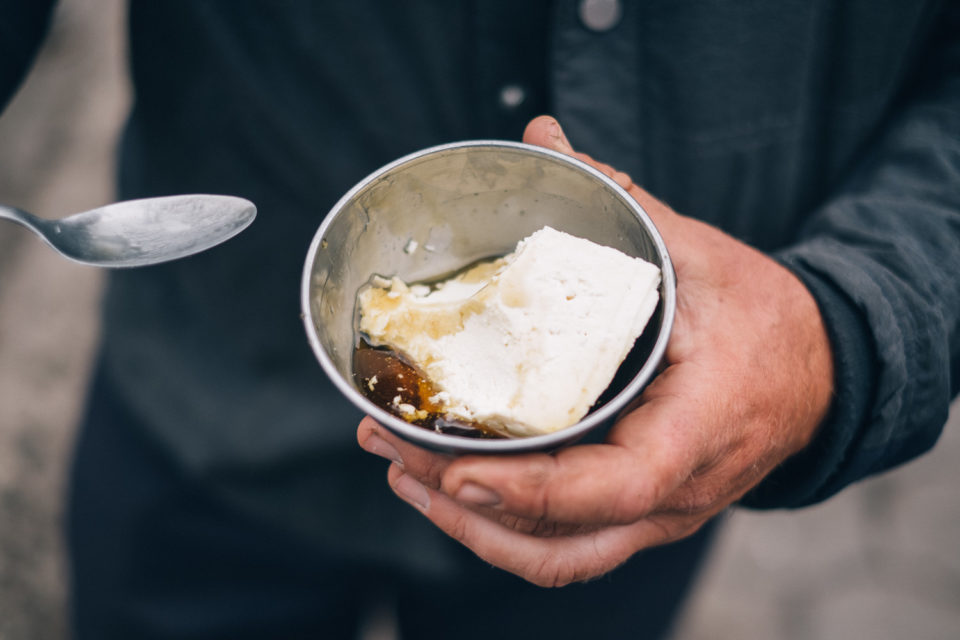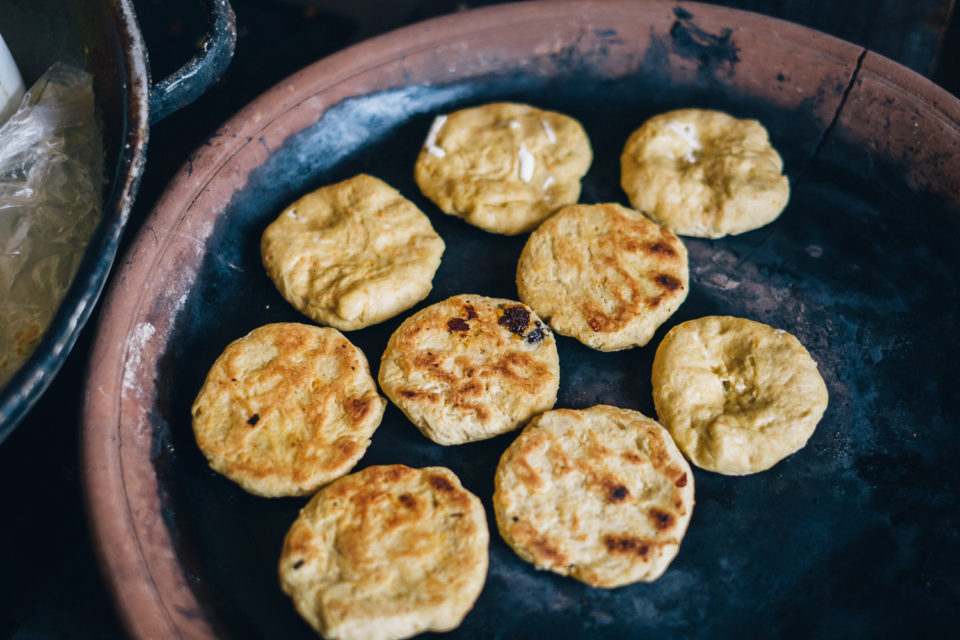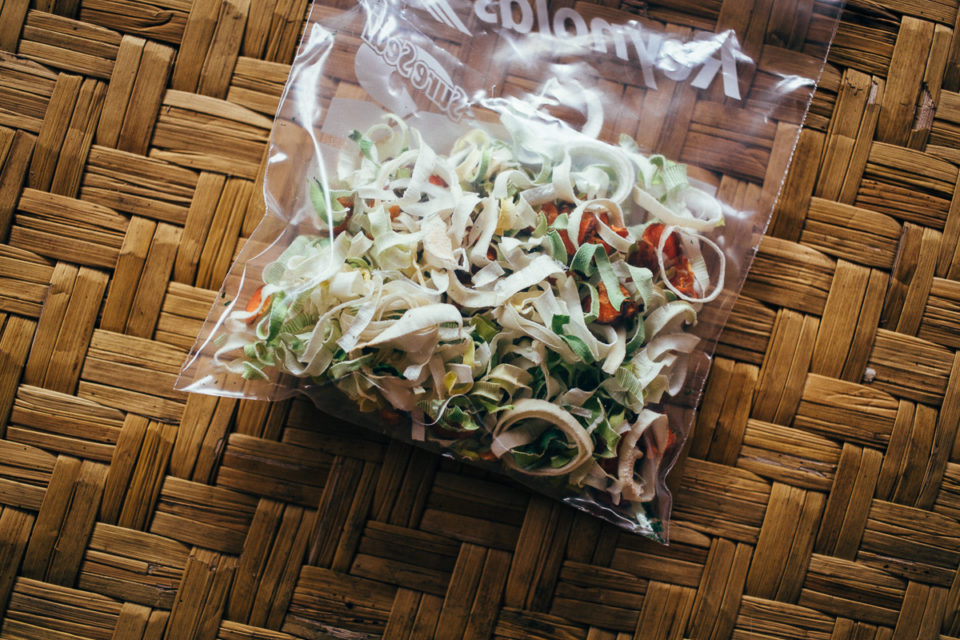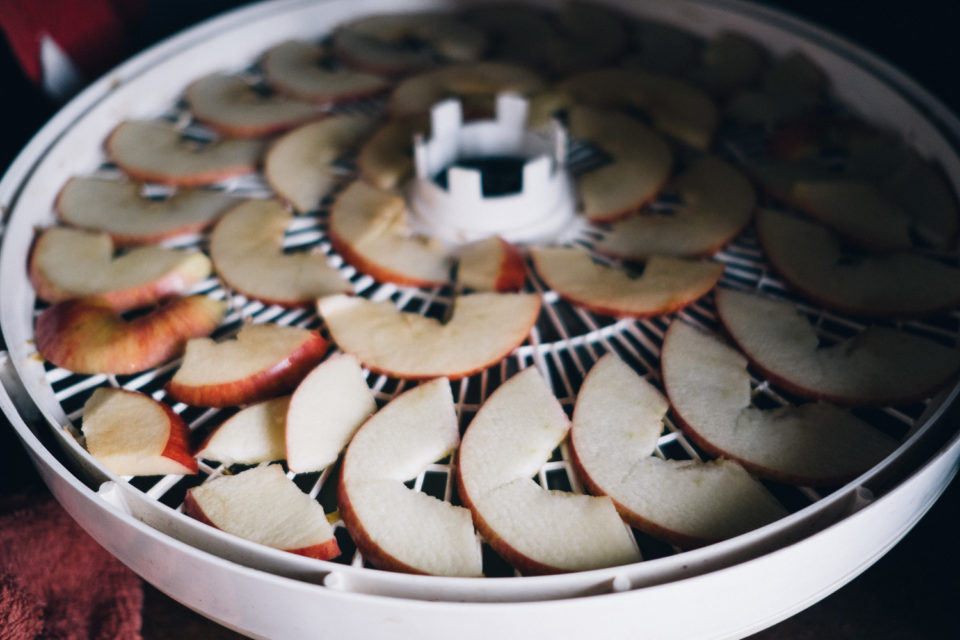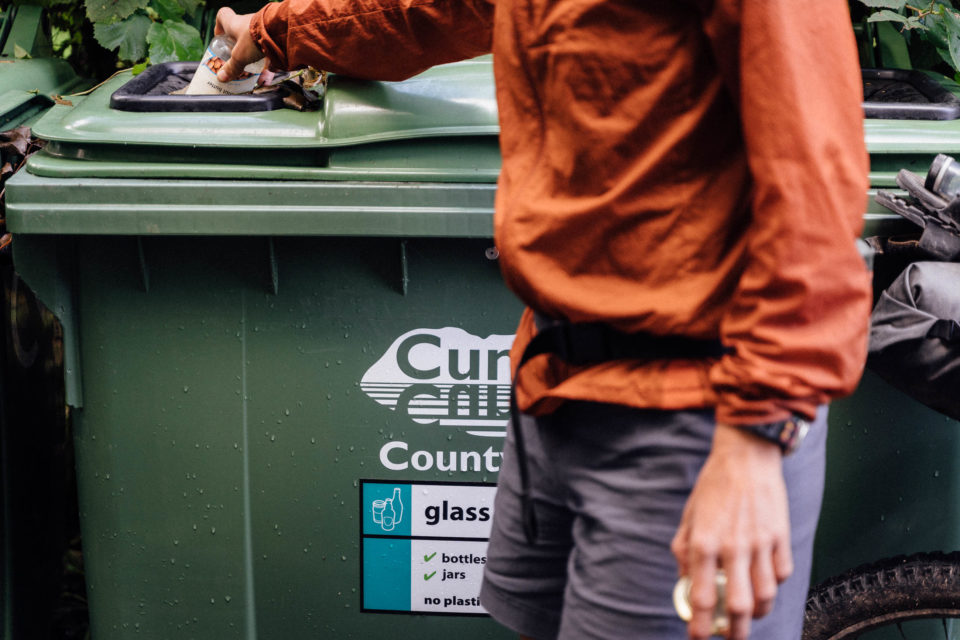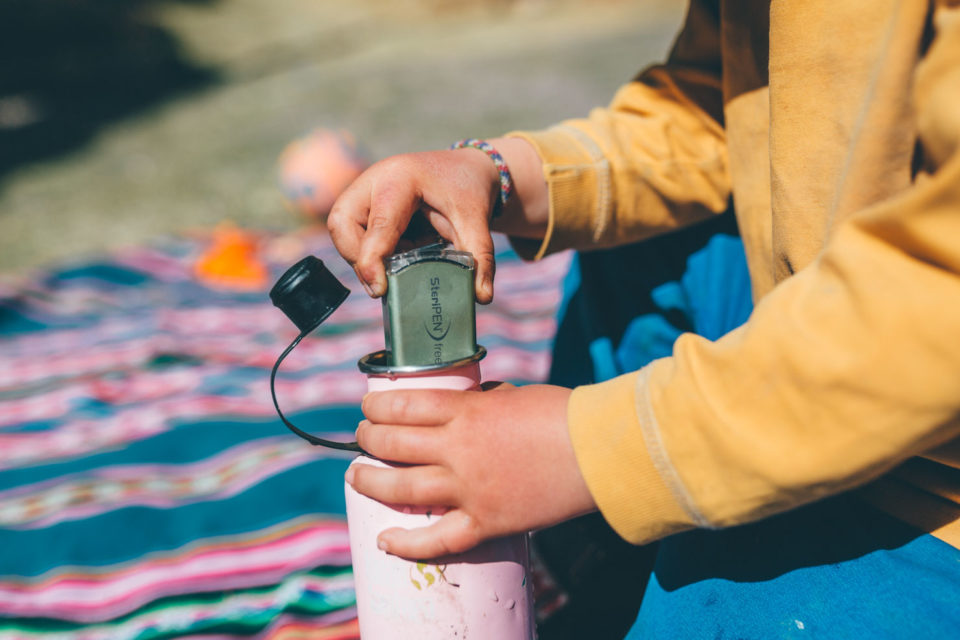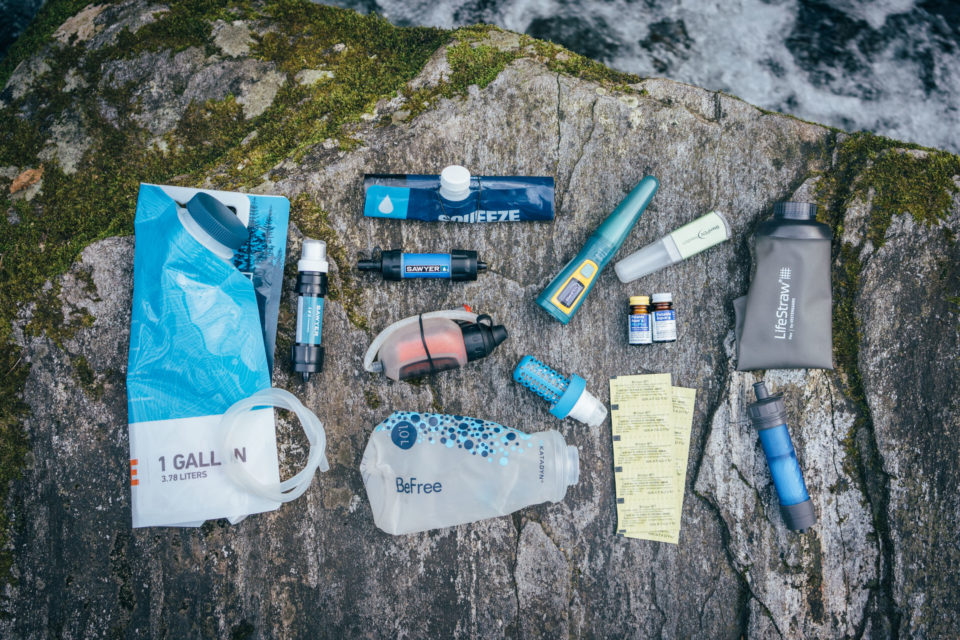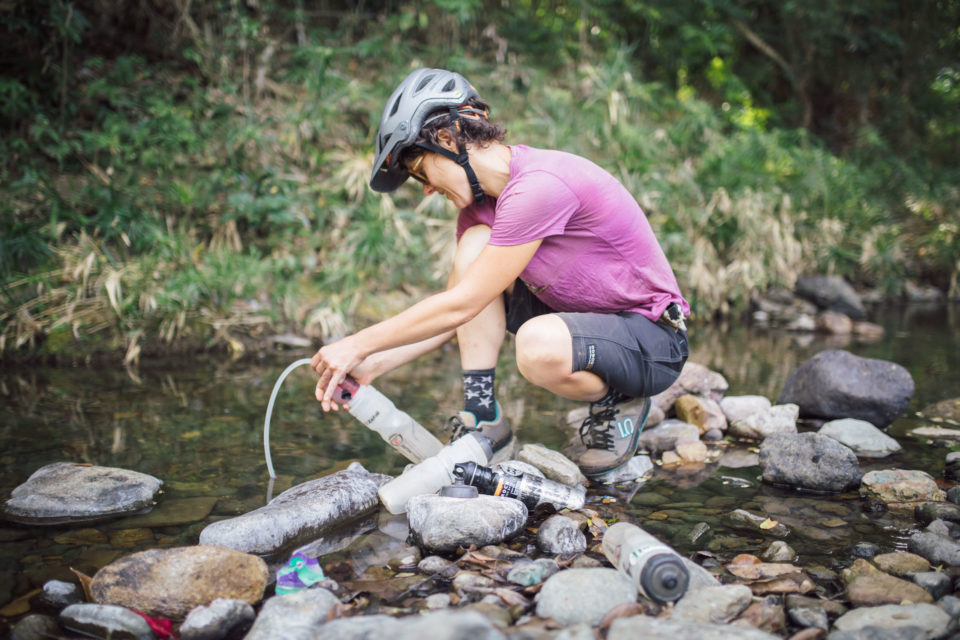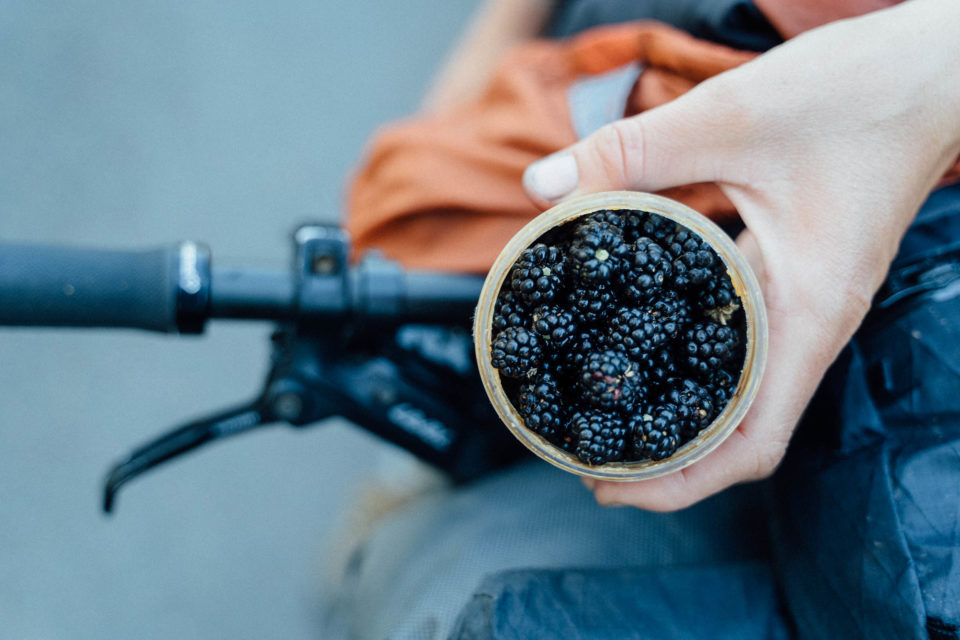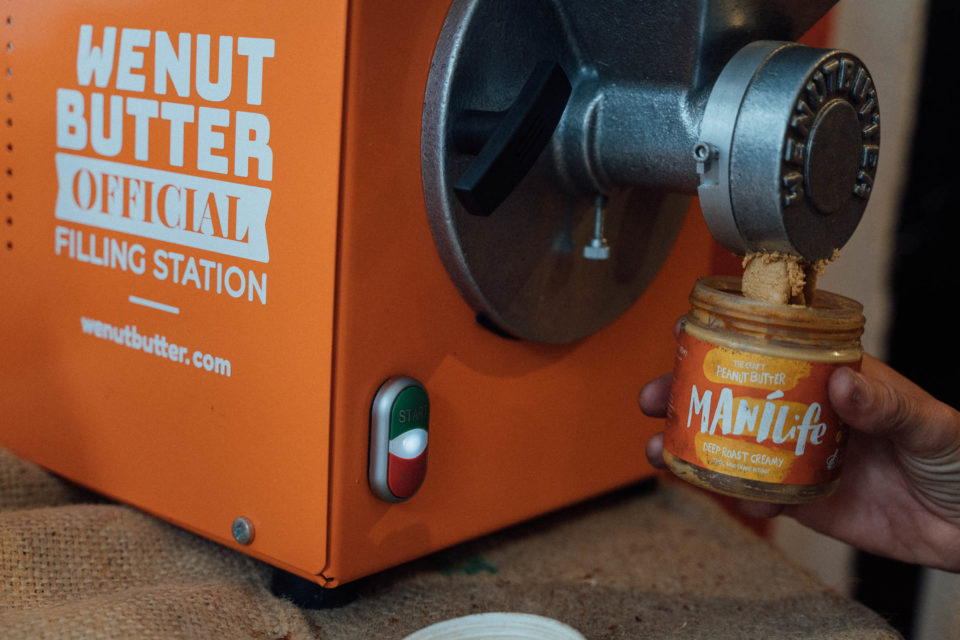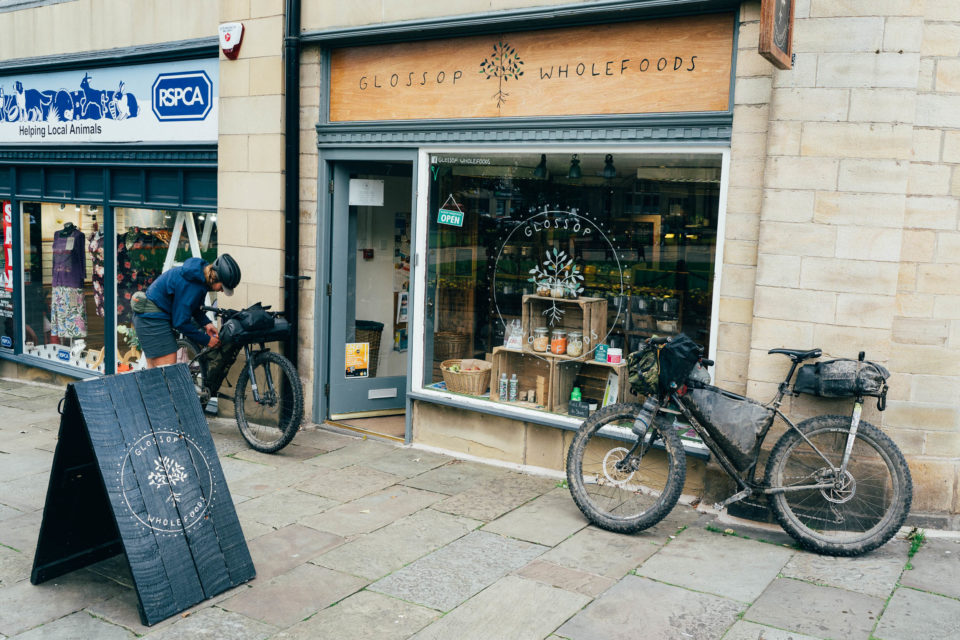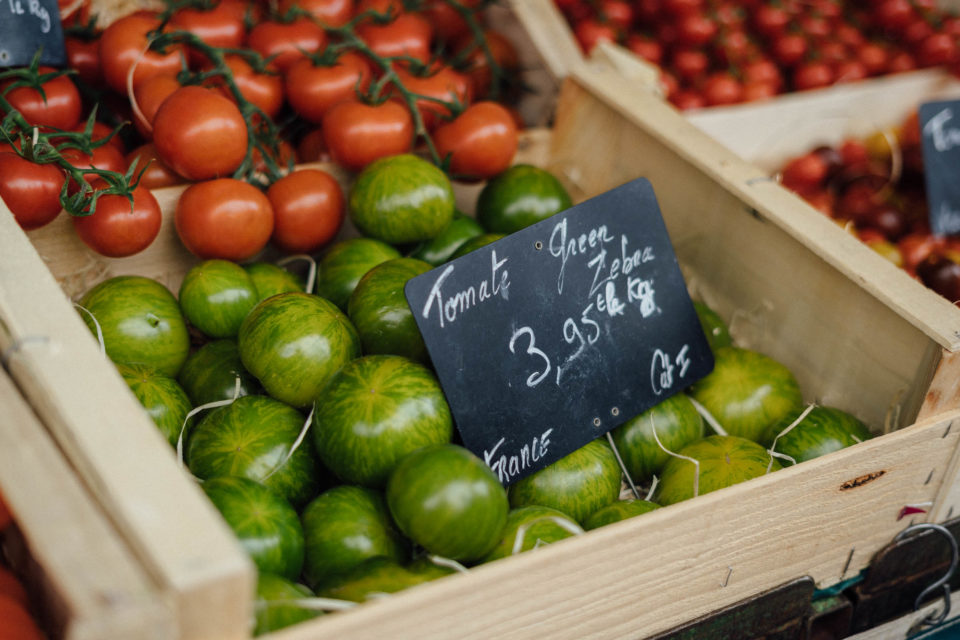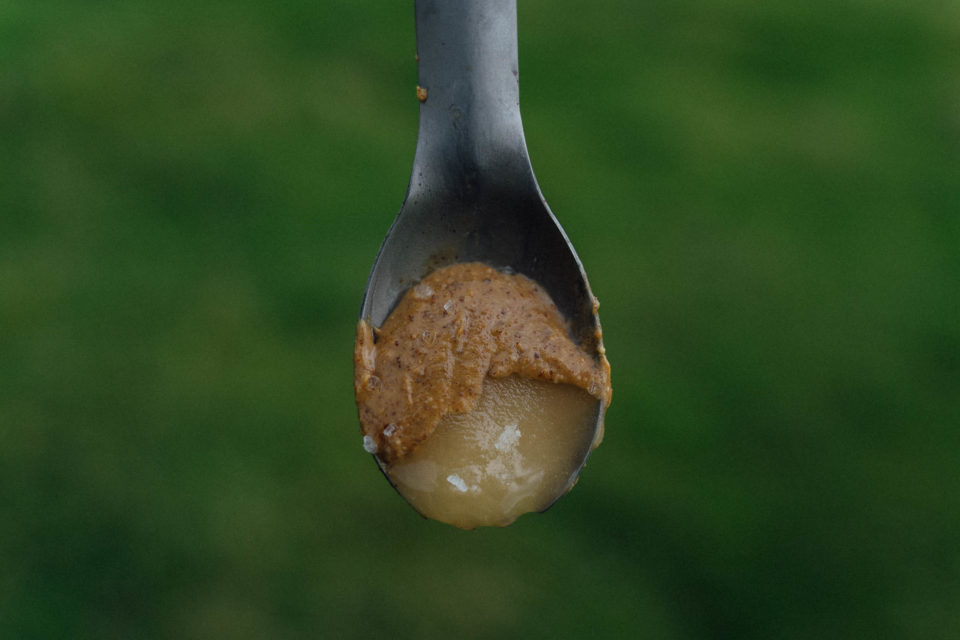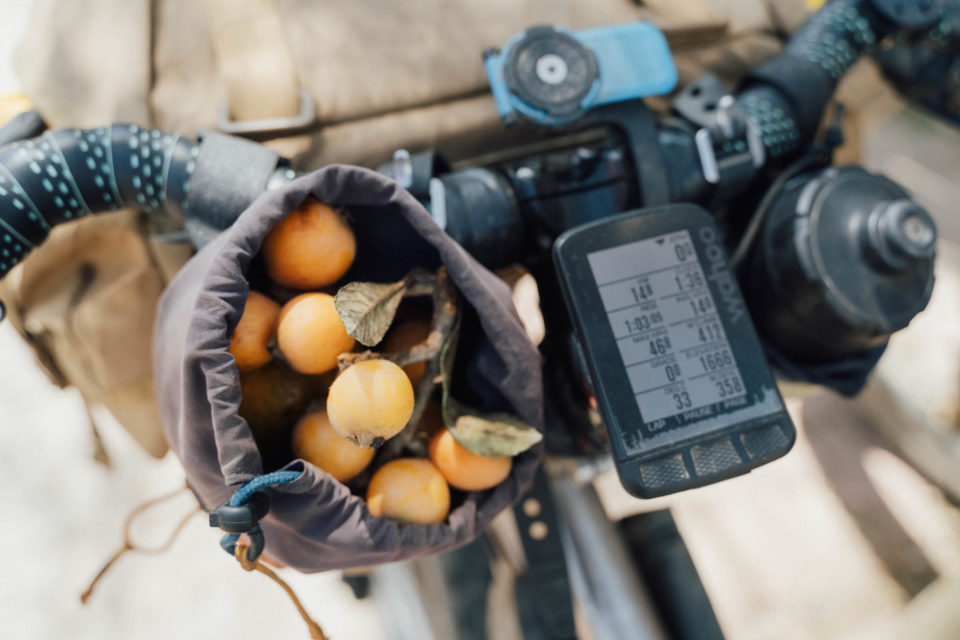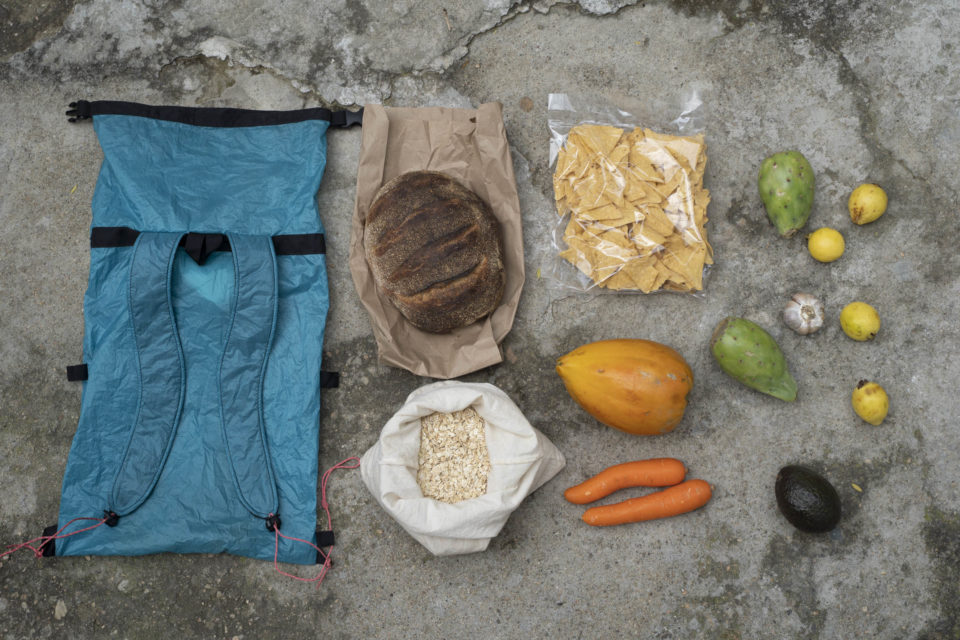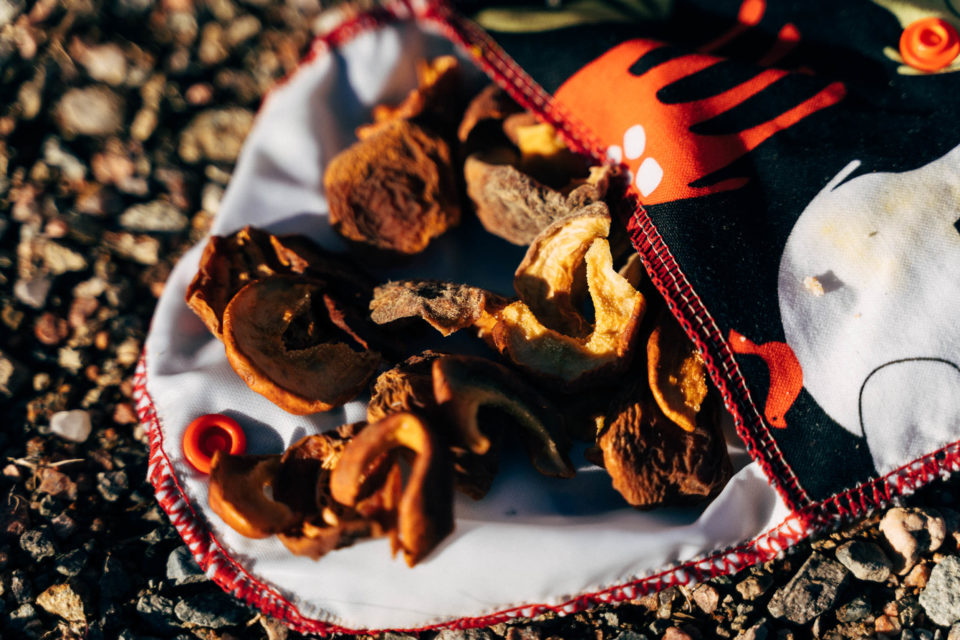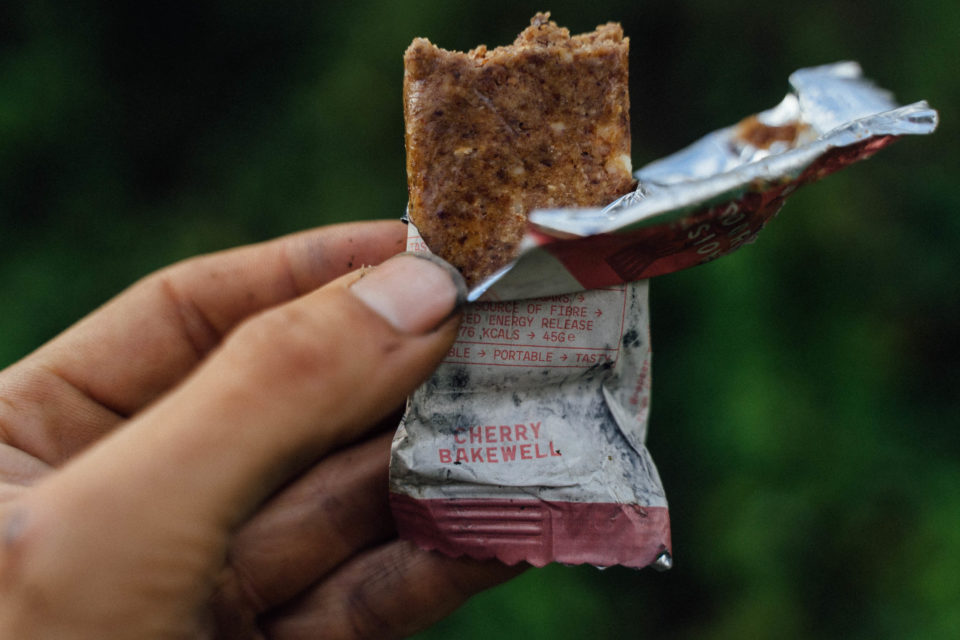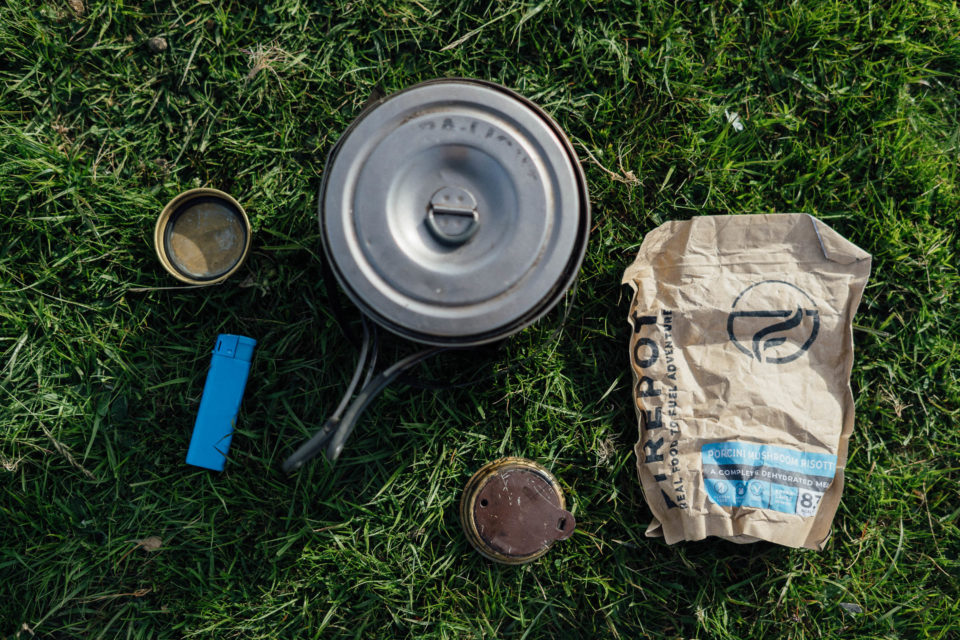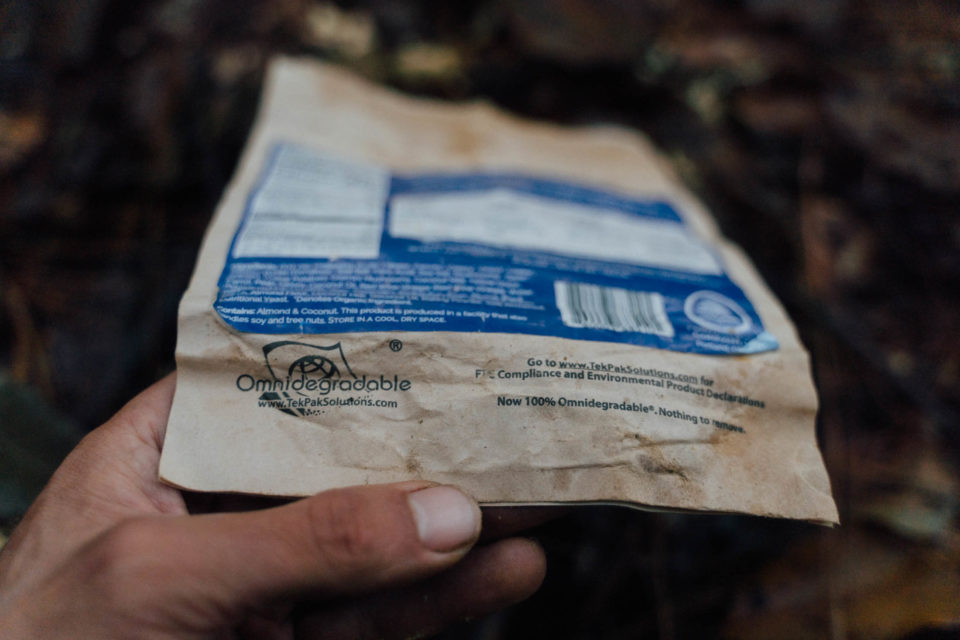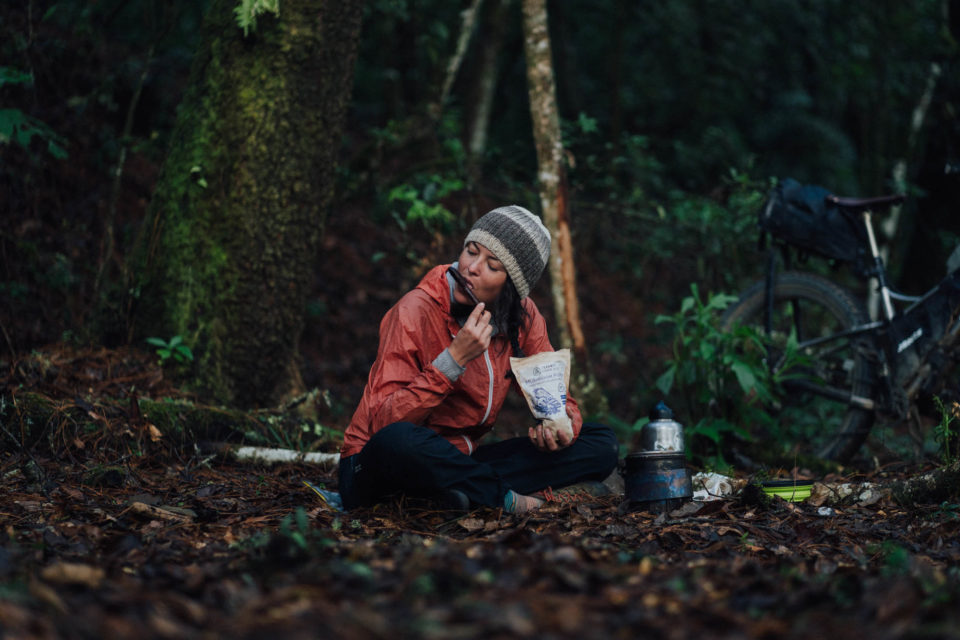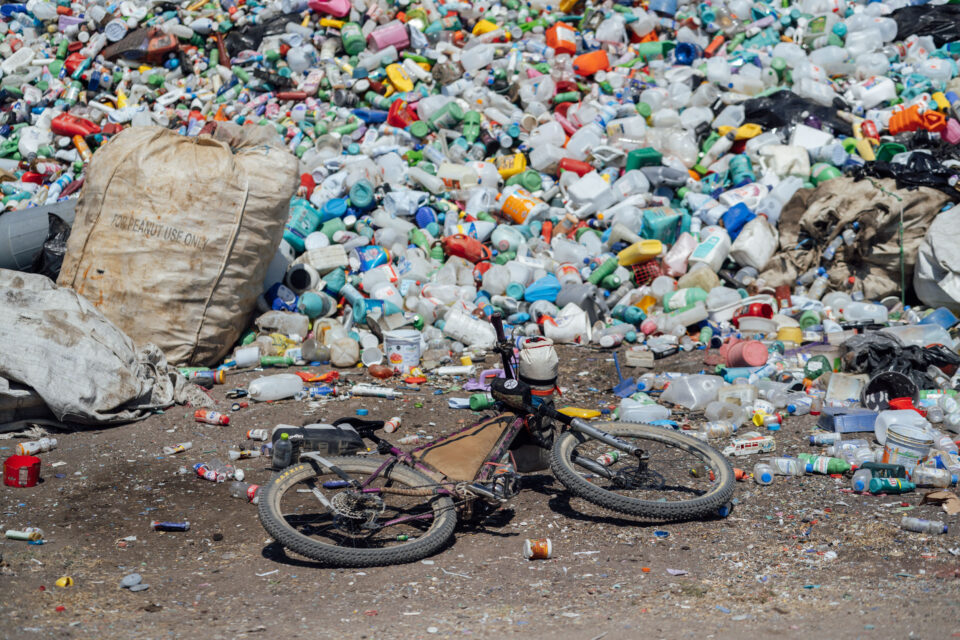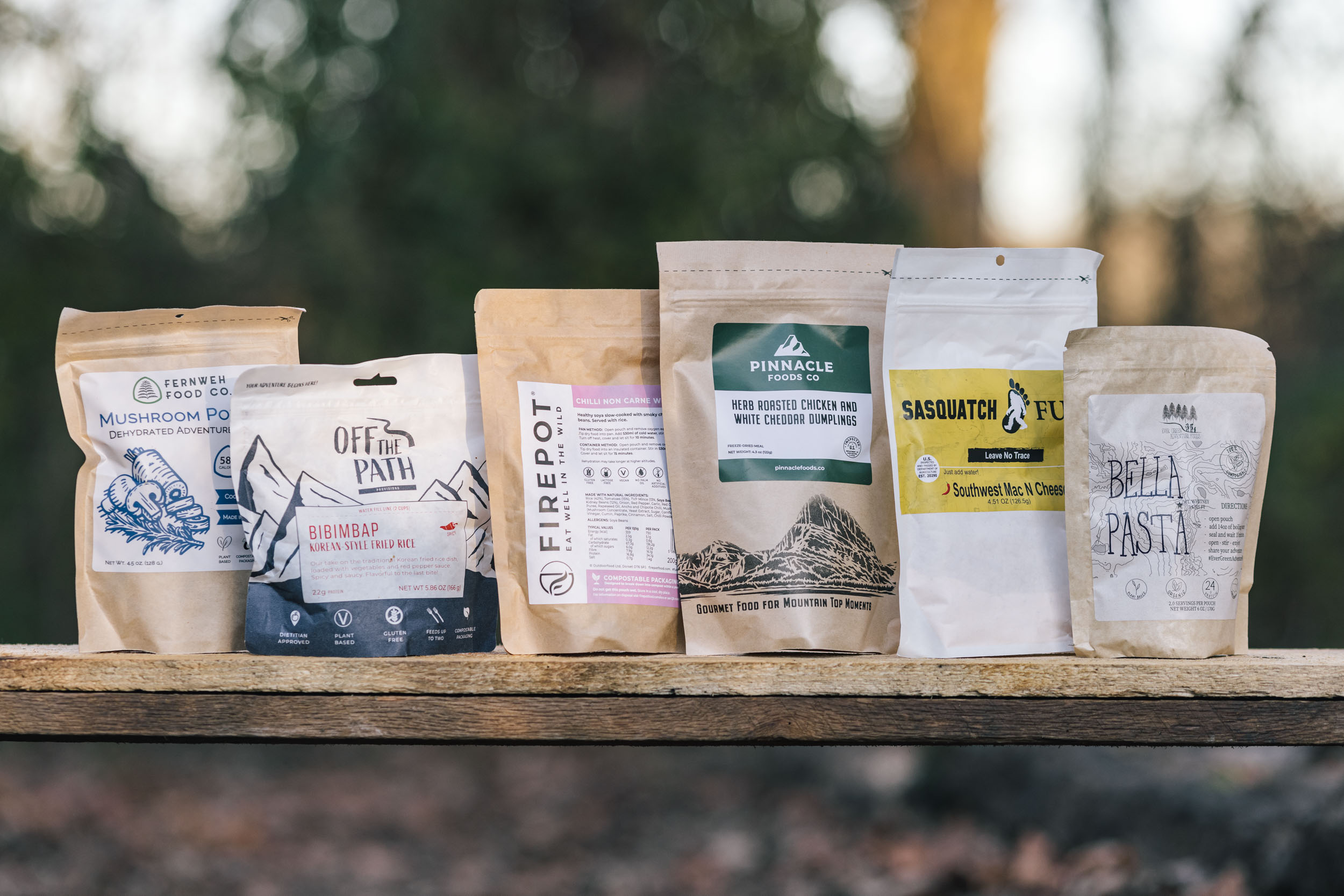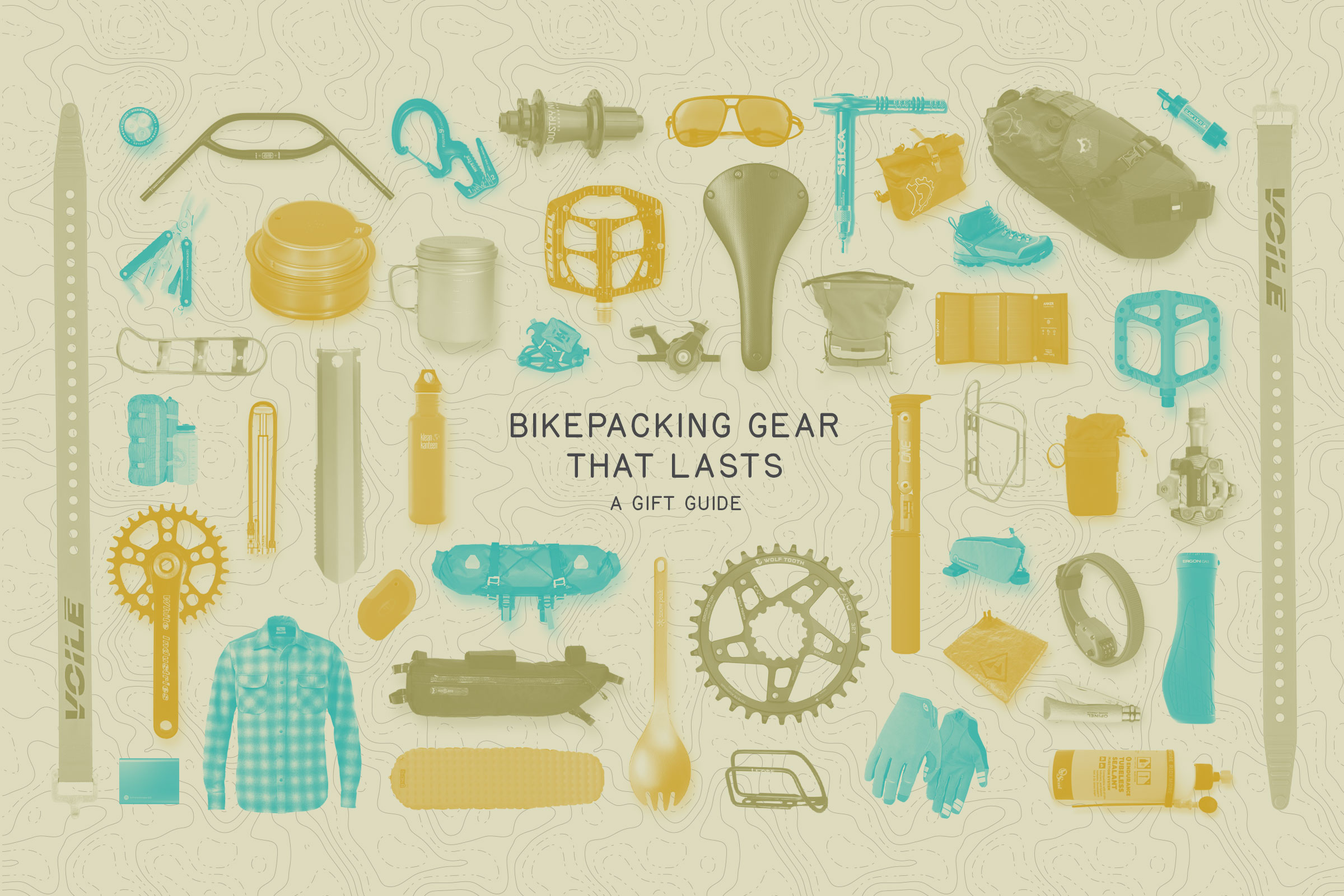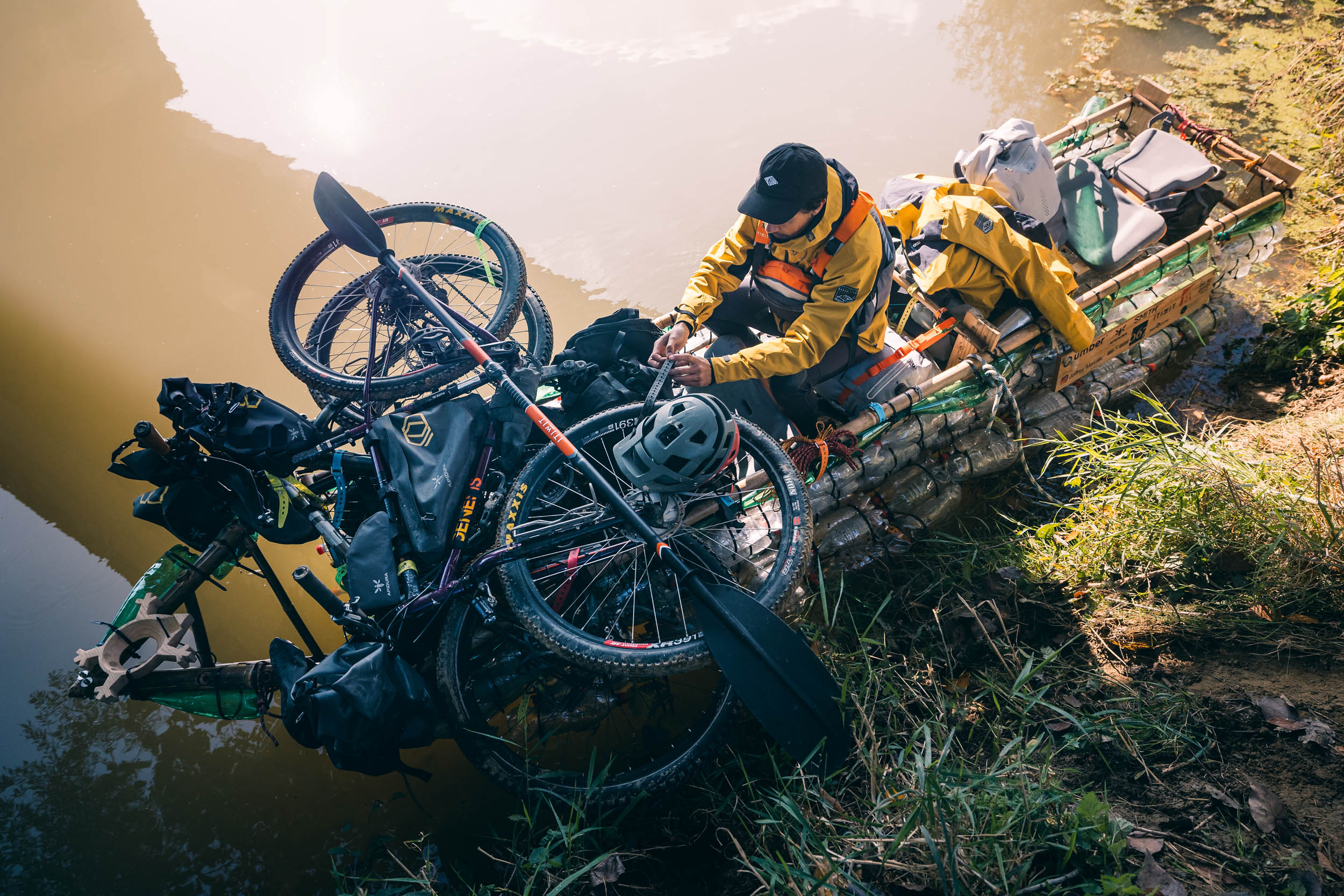A Guide to Low-Waste Bikepacking
Convenience has become so second nature that we often seek it out without thinking, even in our outdoor adventures. If you’re disheartened by all the discarded packaging that seems to accompany the pursuit of the simple life, check out this fully updated guide to Low-Waste Bikepacking for hints and tips for reducing the trash you create on your next bike tour…
PUBLISHED Apr 19, 2023
Originally published in Nov 2020; Updated April 2023
As bikepackers, we’re privy to a side of society that many – especially other holiday-makers – don’t often get to see. We notice the trash that collects along roadsides, and we pedal past smoldering landfills as we wind our way out of cities. Perhaps ocean-loving surfers have the same impression of the waters in which they bob around in terms of the ever-increasing amount of plastic waste in existence today.
As conscientious folks, it’s hard to avoid the ugly underbelly that lurks beneath our wholesome love of bike touring. More often than not, a day in the saddle and a night under the stars ends, somewhat incongruously, with a heap of disagreeable packaging emptied into the first trash bin we can find the next day – conveniently magicked away. If only! Unfortunately, our waste doesn’t just disappear. It’s added to the very landfills we’ve pedaled past, or, worse yet, it winds up in the beautiful places where we like to find our escapes from the everyday.
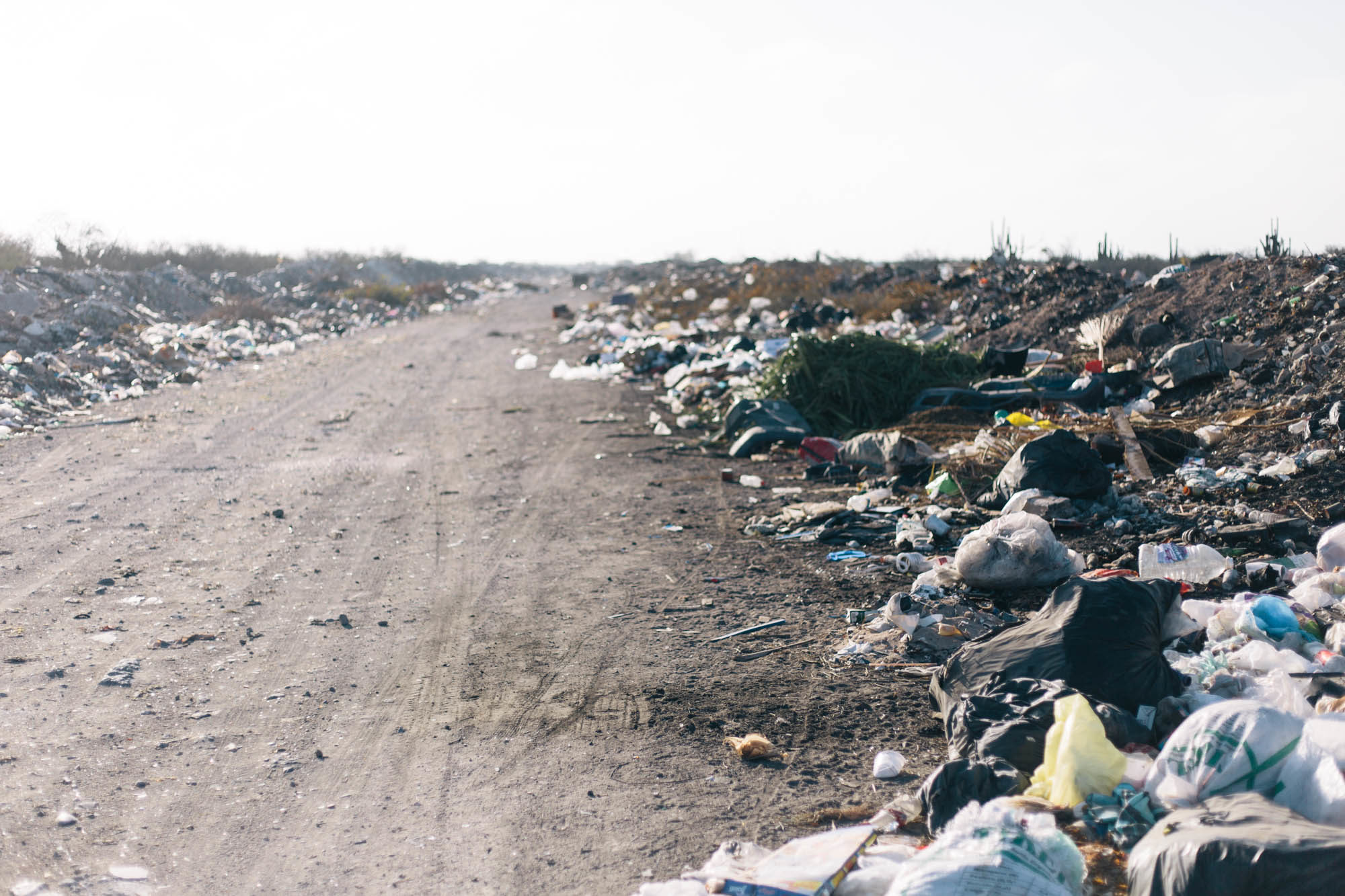
I’d expect we would all prefer to be part of the solution rather than adding to the problem of waste and plastic pollution. Not just because we’re especially aware of the delicate beauty of the outdoors, but because we want to safeguard the air, water, and health of our world for everyone. For that to happen, we have to accept that it will mean making some changes. Unfortunately, we’re at a point where both the problems and the potential solutions are so complex that it’s sometimes hard to know what to do. At these times, it’s best to start with the basics.
The core principles of waste reduction are centered on the Three Rs: Reduce, Reuse, Recycle. Although they’re listed in order of importance, it should be noted that R number three – Recycling – now trails the pack considerably in terms of its effectiveness.
In the last few years especially, its value has become questionable at best and completely ineffectual at worst. Follow up on the links in the Background Reading box-out to better understand the complexities of this conundrum, because they’re not easily paraphrased – except to the point that Reducing and Reusing are where we should be shifting our attention.
Thanks to recycling, almost 75 percent of all the aluminum ever produced to date is still in use today. Unfortunately, the story with plastics is far less rosy. In fact, it’s abysmal. According to uninvironment.org, only 9-10 percent of all plastic waste ever produced has been recycled. About 12 percent has been incinerated, while the rest has accumulated in landfills, dumps, or the natural environment. Follow up on the links in the Background Reading box-out to better understand the complexities of the issue because they’re not easily paraphrased – except to the point that Reducing and Reusing are where we should be shifting our attention.
And before someone says, “But what about your tent?” or “How about that flight to Timbuktu?” it’s worth being straight with ourselves and admitting that, yes, it’s all part of an interrelated picture. It’s complex, for sure, but that doesn’t mean that we shouldn’t try to navigate a way through it in the best way possible. Constructive suggestions are always welcome.
But what’s the point?
The number of components that contribute to our climate emergency – and how to tackle them – can feel overwhelming. On a personal level, there’s packaging waste to worry about, food choices to make, fossil fuels to consider, and consumerism to ponder. And then there’s a history of corporations – like the ones responsible for fossil fuel extraction in the first place or those selling us soft drinks for all these years – nefariously directing responsibility to the general population. Trying to think it all through is enough to get your head in a whirl or make you feel hopeless.
Some of these problems are clearly more worrisome than others, and many require a larger effort to tackle than that which we can individually exert. We must insist that our governments keep to key environmental protection targets and strictly regulate the activities of big corporations if we’re to see change on the scale that’s needed. To do that, we have to tell our politicians what we expect from them and then hold them accountable for the decisions they make. We can do that through direct emails, phone calls, and in-person meetings. We can also voice our demands by attending demonstrations and by volunteering for and giving financial support to organizations that are advocating for change.
While these large-scale interventions are necessary, we think taking steps to reduce our own impact on the world, especially as advocates of the great outdoors, has an impact and should still be seen as a good thing. There’s also a lot to be said about the power of positive change and the argument that one shift can lead to the next. As inconsequential as something like turning down a straw may sometimes seem (no, it’s not going to change the world), doing so creates an active mindset in which we’re not just holding ourselves accountable, but we’re actually doing something about the problem.
Sounds like a bit of a hassle? That’s okay! In each choice we make, we’re effectively deciding how much we’re willing to pollute the planet on a personal level. And as a population with some amount of money in our pockets, the decisions we make within our economic system – namely, what we choose to buy – hold sway. Combined with advocating for policy changes, we can help make a difference.
Preamble over, here are some hands-on and relatively straightforward ideas for reducing our general waste imprint as bikepackers. It’s not rocket science, and much of it overlaps with ways we can live our day-to-day lives too. For the most part, it just requires forward planning, which, when it comes down to it, isn’t so different from what we do every time we plan a bikepacking trip. Added bonus? Incorporating some of these ideas can be beneficial to our own health, not just that of the planet.
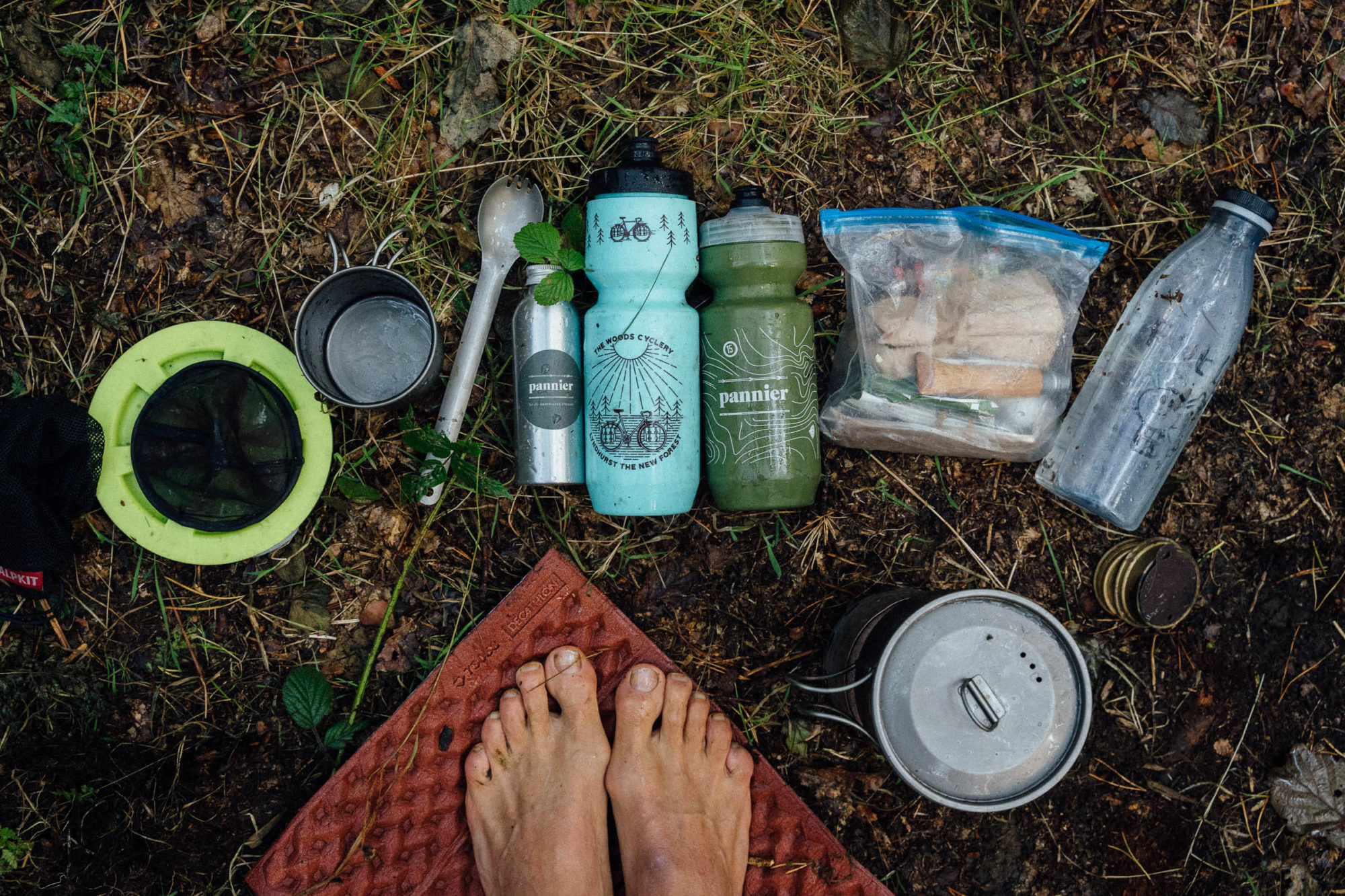
1) Carry a few re-usable bags and containers
It’s a good idea to carry a variety of reusable bags and containers. Silicone bags are extremely durable and impervious to boiling water, making them great for storing and rehydrating food. Unfortunately, they can only be recycled in particular facilities, and because they are so robust, they take hundreds of years to break down (though they don’t create microplastics in the process). Still, if they are well taken care of, they can last for many years, taking the place of innumerable single-use plastic bags.
However, if simple storage is the goal, beeswax paper is a more sustainable alternative that’s ideal for certain situations. It’s non-sealable, but it’s perfect for wrapping sandwiches, vegetables, and cheeses. It’s biodegradable too. Alternatively, Ziploc-style bags may not be as robust as silicone, but many people already own them. If treated carefully, they can last for months, maybe even years, whilst their lightweight nature makes them quicker to degrade or easier to incinerate, relatively speaking. Re-using “single-use” plastic grocery bags that one may have collected over the years or otherwise found, is also an option.
Just because something was intended to be single-use doesn’t mean it can’t have a longer lifespan. In any case, when you decide what bags to buy and/or re-use, choose what you need carefully, use them to their fullest, look after them as best you can, and be sure to recycle them at the end of their lives.
Re-inventing items you already have is another great option for storage. Examples include OVC pill bottles that work well for spices and dropper bottles that are great for oils (I find the ones with the non-clear plastic tops are less likely to crack over time). Airplane liquor mini bottles are also a good option for oils and/or liquid soaps. Jars from spent peanut butter or gelato are also really useful, as are smaller vessels like Altoids and other mint or lozenge tins.
Whatever you choose, if you’re bringing them into the shop to be refilled, keep everything clean because shop employees will be much happier handling a pleasant-looking bag or bottle over a grimy one.
In many parts of the world, supermarkets are moving towards compostable produce bags. There is considerable discourse over which style of compostable packaging is best – based on how it’s made and how and where it can be processed. Whilst compostable bags will break down much more quickly than conventional plastic packaging, this most often needs to be done in special facilities. So, if you have reusable bags already, better to keep using them and save compostable alternatives for when they’re really needed.
- 1 x cotton bag: these are good for general items, be it fruit, trail mix, or porridge oats. They’re also good at reinforcing reused plastic bags, so you can eke more life out of them.
- 1 x mesh cotton bag: These dry more quickly than solid cotton bags, are airier, and are another useful means to store produce in your framebag, for instance. Virginia often uses her mesh bag’s drawcord to secure fruit and veg on the outside of her front loader or seat pack, especially those items that risk getting a bit leaky (such as bananas, avocados, and tomatoes).
- 3 x backup freezer-style Zip-loc bags: take care, and these will last for ages – you can easily patch them up too.
- A few small Nalgene bottles: These seal reliably and are great for cooking oil, olive oil, coconut oil, salt, spices, sunscreen, and even emergency medicines. Re-used OVC pill bottles are good options too.
- A few strong rubber bands: to keep stuff shut. These will also help beeswax wrappers stay in place. Tip: you can make super-strong rubber bands from spent inner tubes.
- 1 x Sea to Summit X-Seal & Go Container (large): I use this silicone, flat-pack bowl for breakfast, as a chopping board, and for storing leftovers, as it seals completely shut. It’s lasted me years. I also use a 1L screw-top Nalgene container too; it’s even more robust but not flat-packable.
- 1 x sheet of beeswax paper: great for wrapping sandwiches, cheese, etc., and biodegradable.
- 1 x Stasher bag: Despite the added weight, I sometimes carry a sandwich-sized silicone bag as it’s easier to clean than a zip-lock and better for leftover food, or take-outs that are piping hot. You can also use silicone bags for dehydrated meals, as they’re safe for pouring boiling water into. See above for thoughts on silicone..
- 1 x re-used Justin’s peanut butter jar: Not only does the initial peanut butter taste good, but I’ve found these plastic containers are really tough, have an efficient shape, and are reusable for as long as you have them. They seal very well, making them ideal for honey too, which can often be found locally in bulk.
- 1 x cotton bandana: Good for wrapping tortillas, or buying a bakery product.
- 1 x Klean Kanteen (1.9l): Not the lightest way to carry water… but these stainless steel bottles are impervious to rocks and can handle boiling liquids. Nalgene’s 1.4L bottle is another option that’s less than half the weight and is also very robust. Otherwise, I have a 3L HydraPak water bladder. Being made from silicone, it can be patched easily using the repair kits that are supplied with air mattresses.
- 1 x re-usable Dr Bronner 60ml hand sanitizer spray: refill with alcohol and a few drops of lavender oil.
- 1 x Dr Bronner’s castile soap bottle (59ml): These bottles are easy to refill, they tend to seal well, and the soaps are easy on the environment.
2) Personal hygiene
In terms of personal hygiene, a bamboo toothbrush is a good idea; cut it down at the end of its life to create an excellent nail scrubber, which is all the more important in this era of heightened personal hygiene!
Non-plastic, biodegradable dental floss can be purchased in specialty stores or online. Burt’s Bees makes one that can be found in many of the larger chain pharmacies in the US. For toothpaste, I refill a small (22ml) travel tube by squeezing it in from a larger one. Toothpaste could also be transferred to one of the small mint/lozenge tins referenced above. Chewable toothpaste tablets, like those made from Bite and SuperBee, are also an option that eliminates the plastic tube altogether.
I refill saline solution into small (15ml) reusable saline eye drop bottles – great for cleaning dust from your eyes at the end of the day. These same bottles are great for face oils; I have Vitamin E/Jojoba oil in mine. As for soap, I replenish my Dr. Bronner’s castile soap bottle (59ml) from a larger one, which can be topped up in many health food stores. For bathing, bar soap is always an option as well. If you’re on an extended journey and need to wash your hair, Virginia recommends powdered shampoo like the one made by Meow Meow Tweet.
Note that most outdoor education services recommend using smooth rocks for wiping your backside – or leaves, just make sure they’re not poisonous! See our post on the Leave No Trace principles here.
Folks who menstruate can check out the Diva Cup and visit our post on bikepacking on your period for more details – and may find an old bandana perfect as a “pee rag.”
Keep your hand sanitizer close by and refill it with medical-grade alcohol and a few drops of lavender oil. Alternatively, bar soap cut down to size and a lightweight washcloth also do the trick.
3) Pre-empting the straw
So, you’ve got all your reusable bags, vials, and bottles. Now you need to use them! Although there’s been a general shift in shops and restaurants towards the use of less packaging recently, it still might mean pre-empting certain situations. As you order, be sure to let attendants know you don’t need or want packaging.
If you’re headed into a bakery, consider offering a clean bandana for pastries or a cotton sack for a loaf of bread in lieu of napkins and bags. If you’re getting a beverage, offer your own water bottle or coffee cup before a new paper, plastic, or styrofoam cup is used. Break out your spork if the restaurant uses plastic cutlery. As a courtesy or a conversation point, sometimes I’ll explain that I’m trying to cut down on packaging. On more than a few occasions, I’ve actually been given (unexpected) discounts for my efforts and ended up having interesting discussions.
4) To go!
If you’re stopping for food at a restaurant during the day, consider ordering extra and loading it into one of your reusable containers. Aside from being easy to reheat in the evening, leftovers can cut waste compared to creating a meal from scratch. Take-out doesn’t have to come in polystyrene boxes!
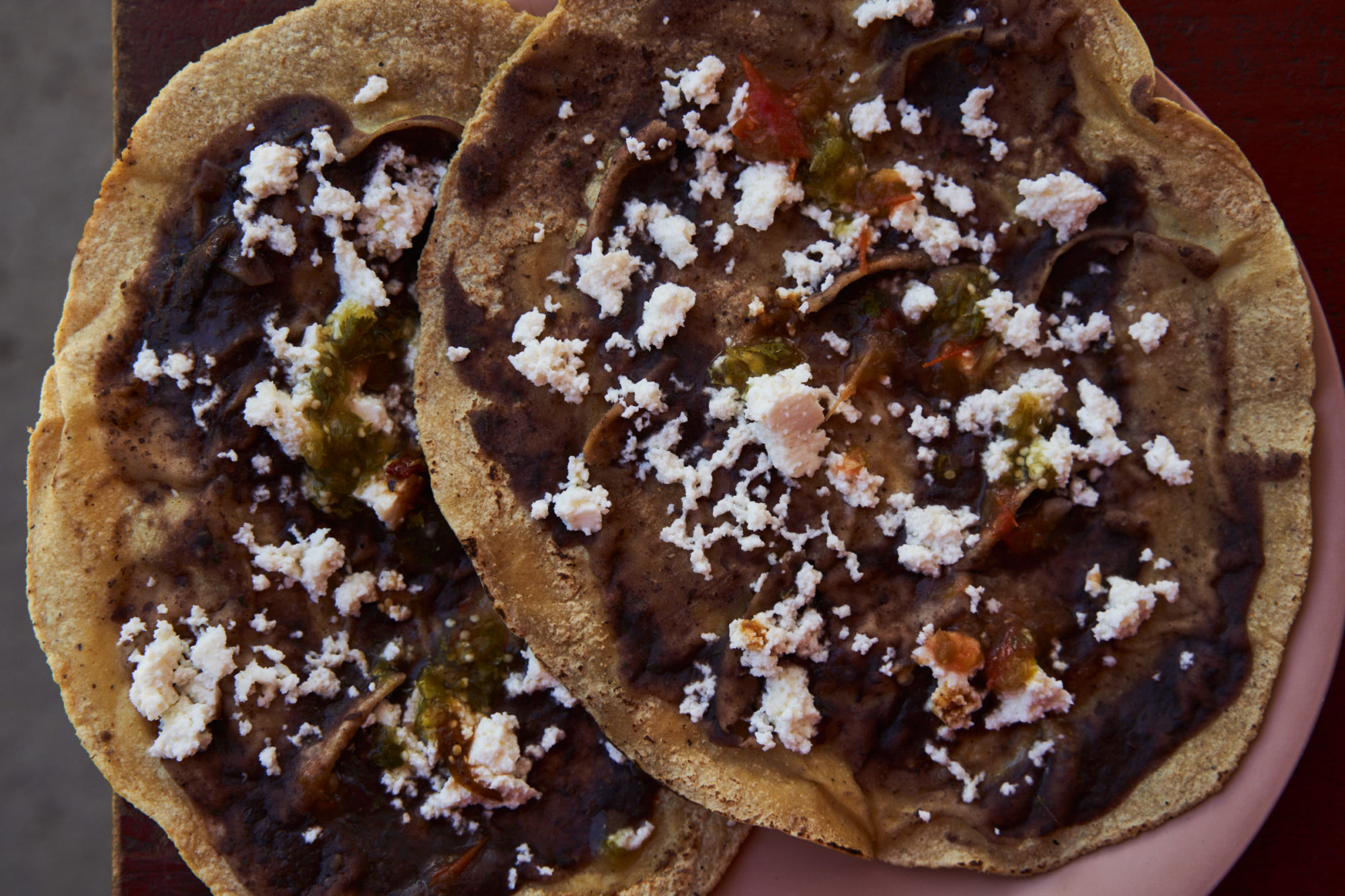
5) Adjust your eating habits
Buy in-season and locally sourced food when you can. This results in a smaller carbon footprint and often less use of heavy-duty packaging. Invest some money in eating organic when you can, too. Travelling across unfamiliar lands? Expand your palette to suit what is being sold without packaging – see it as part of the immersive, learning experience of being somewhere different.
Instead of shopping at convenience stores, make a little effort to seek out a local bakery, cheese shop, or market. Shopping like a local is a great way to get to know a place. Can’t do without a soft drink? Choose the glass or aluminum can option if available, or bring your own cup and go with a fountain drink. We tend to be very used to instant gratification and certain “needs.” It’s amazing how our worlds can change once we become more adaptable.
6) Prepare meals in advance
This is a great way of eating well and cutting down on impromptu packaging, particularly in countries where it’s gas station food or an empty belly. This might mean prepping some snacks to take with you for the first day or so – like Franzi’s amazing Holy Moly Granoly Bars or the five-ingredient peanut butter energy bites pictured below.
Making a few evening meals with a dehydrator before setting out is another great option. Even just a small zip-lock bag of dehydrated mixed vegetables can be good to carry, as they can be added to dried soups or pasta over the course of several days, amping up the nutritional value and taste of what might otherwise be pretty bland. See Logan and Gin’s recommendation for a dehydrator here, or if you have access to a desert, do it au natural in the sunshine – fruit leathers work particularly well.
If you don’t have the means to do it yourself, look into brands that offer pre-prepared food in compostable packaging – see suggestion 13 in the list for brands we like.
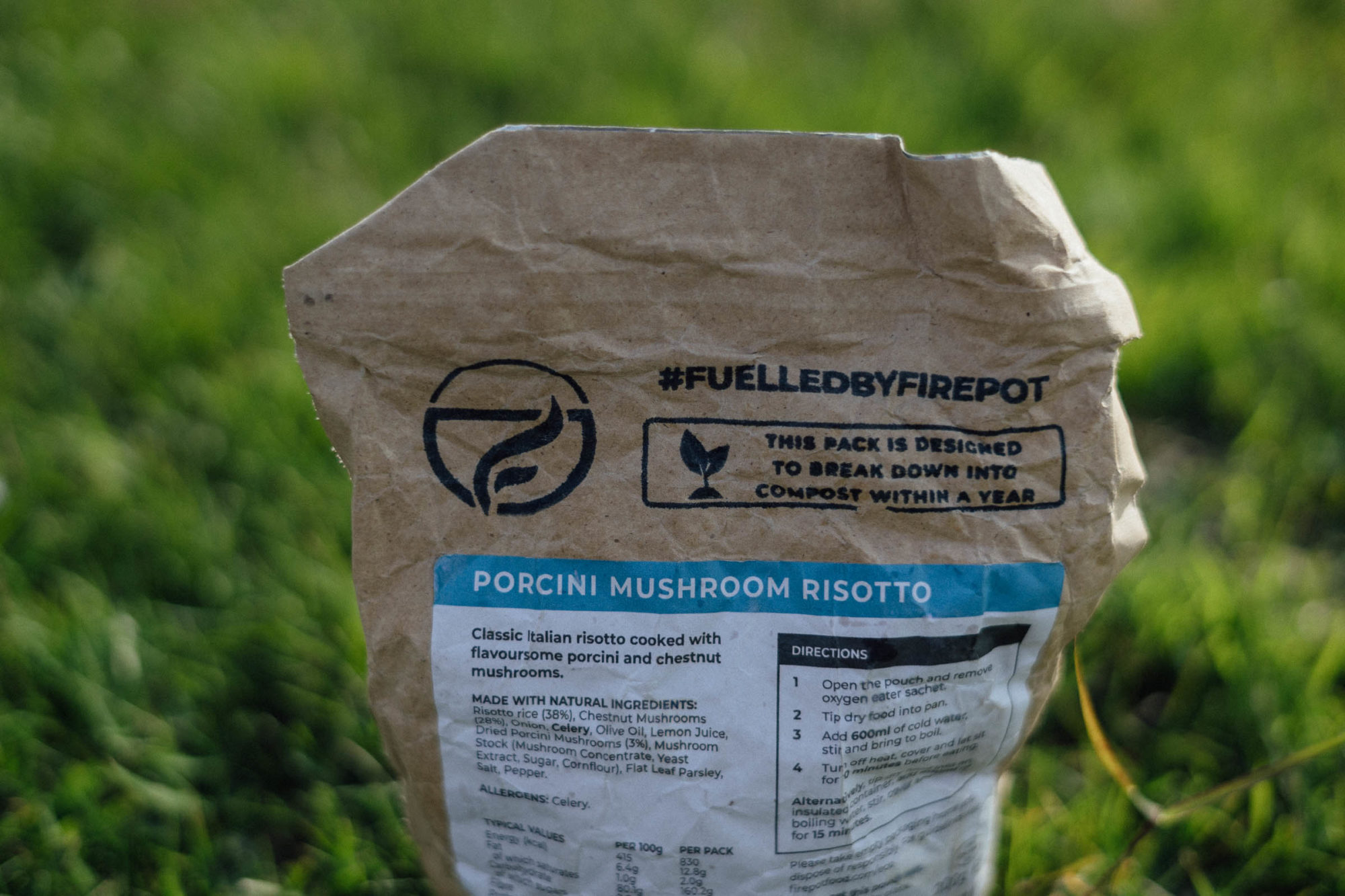
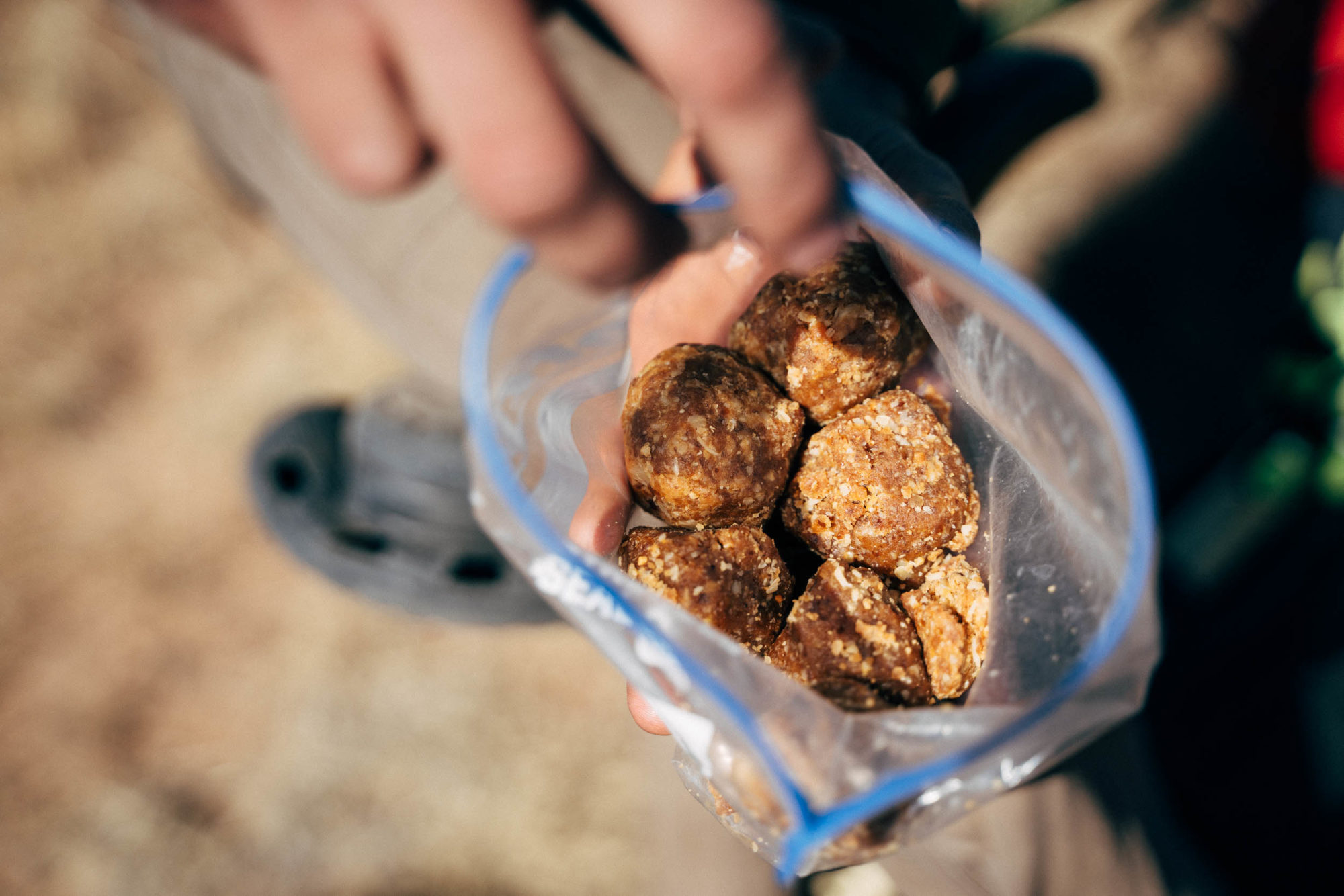
7) Read the labels
Start by eliminating as much single-use plastic from your shopping list as you can. But, just as importantly, find out what can and can’t be recycled locally. What may be accepted at one recycling facility won’t be at another, and adding a non-compliant material to the bin can contaminate an entire load of otherwise recyclable materials.
Recycling is fraught with issues at the best of times, and if it’s not available in the area you’re travelling through, then it serves absolutely no purpose! The unfortunate truth is that most “recyclable” plastics end up in landfills or incinerators (see Background Reading). This is why reducing and reusing are so much more important. That said, it’s still essential to do what you can. Clean your containers when you’ve finished with them so they’re more likely to be accepted by recycling companies, and give yourself time to swing by the local recycling centre to dispose of them correctly.
8) Pack a water filter
As cyclists, we guzzle vast amounts of liquid each day. There’s generally no reason to buy bottled water along your journey if you carry a water filter. I like Steripens, as I find them very quick and easy to use, but there are many reliable options to suit different budgets; check out our roundup here.
If you can’t locate a water source for filtering, it’s usually easy to find potable water elsewhere. Fill your own water bottles from water fountains in parks, ask if the spigot outside a store is safe to drink from, or ask a shopkeeper or restaurant worker if they mind topping off your bottles.
9) Forage
As a commenter pointed out a while back, “Foraging is a way of engaging with the landscape while getting some nutrition out of it at the same time.” Indeed, foraging for food is both an adventure and a responsible way to live off the land, though you’ll need to study up on what’s available locally and what’s safe to eat. Anyone who engages in foraging should be well-versed in the Rules of Foraging, as going about it in the wrong way can be detrimental, not only to yourself but to other animals and the environment. Here are some recommended books to get you started.
Fruit is often wasted, even more so than other foods, so “foraging” in orchards is a great way to reduce waste. Ask landowners if you can pick fruit from trees if they’re not doing so themselves, or ask if you can collect fallen fruits. I remember bike touring past a row of fig trees in Turkey and being pointed towards the last one, whose bounty was put aside for travellers. Score! You could even time your trips according to local fruit seasons. Blackberry season is a great time to tour in the UK.
10) Research your route
How about incorporating some sustainable resupply points into your core route planning? Is there a weekly farmer’s market you can pass by? A farm shop with local produce? A zero-waste store in town? Are there any shops selling in bulk? Check opening hours in advance so you don’t have to resort to late-night supermarkets. Think conscious consumerism rather than immediate convenience.
At other times, just keep your eyes peeled for local, low-waste opportunities! Farmyard eggs, a jar of preserves, local honey – they can all add to the bikepacking experience and may save you a trip to the supermarket. You could even time your trip for seasons when the land is most abundant!
11) Be roomy
I know this goes against the “be minimal” tenant of bikepacking, but the ability to carry more can often help in reducing waste.
For instance, I like to make sure I have space to pack a loaf of fresh bread so I can make sandwiches for a couple of days, and I leave some space in my framebag or front-loader for a few loose vegetables. I also dedicate a large stem bag to snacks and fill it with local fruit whenever I get the chance. This is also a great space for home-dehydrated fruits. Your body will thank you for replenishing it with nutritious food!
I always keep a jar of nut butter easy to access (sometimes mixed with coconut oil and honey) and scoop directly for an excellent low-waste, high-energy snack. Don’t eat enough nut butter to go through a whole jar? This refillable baby food pouch is a good option too, as are lightweight repurposed plastic containers, like the gelato container referenced earlier, or an OTC supplement bottle.
An overflow backpack – like this one from Outer Shell, which is made with upcycled sail fabric – is highly recommended, both for shopping and carrying produce to your chosen camp spot when you’ve run out of pack space on the bike. I use mine every day, at home and on tour – it packs down tiny and lives in a stem bag, so it’s easy to access.
12) Try cooking with biomass
In areas where it’s not a fire hazard or collecting dead wood is not forbidden, cooking with a biomass stove – like this one – is a fun and effective means to avoid using gas canisters or gasoline/petrol. Otherwise, consider using bioethanol in a homemade Coke can cooker (see here for ideas) or a Trangia alcohol burner. If you don’t have a gas fuel canister for storage, repurpose a small plastic water bottle. If you don’t have one of those on hand, look in the closest trash bin, where you’re sure to spot one.

13) Support business at the forefront of making changes
- In the US, Fernweh Food Co offers delicious local, seasonal, and vegan dehydrated camping food in home-compostable packaging. Order in bulk and get a 10% discount. See our review here.
- In the UK, Firepot Foods offers something similar, with vegan options too. See our review here and note that there are home compostable versions.
- For snacks in the UK, check out Outdoor Provisions, which offers a range of gluten-free, vegan energy bars in home-compostable packaging. There’s a 30% discount on your initial order, too.
- Similarly, Stoats offer a range of affordable, energy-filled oat bars that come in home-compostable packaging.
- We reviewed several more camping meals in compostable packaging here.
14) Pack out (other people’s) trash
How about planning a specific tour to collect plastic waste from hotspots like national parks, beaches, and trailheads? Follow Packing It Out for inspiration – they collect trash and organize educational talks as they travel. Or get grassroots and start an initiative in your local area to get groups together to do the same, like this one in Pisgah, which campaigns to encourage mountain bikers, hikers, and anglers to help keep the forest clean.
Over in the UK, check out Trash Free Trails for ideas and inspiration. Their mission? “To reduce plastic pollution on our trails and wild places by 75% by 2025 and (re)connect people with nature through purposeful adventure.”
15) Challenge yourself to a plastic-free tour!
Given our love for creating somewhat arbitrary challenges in our outdoor adventures – be it a race or a tough-as-nails route – why not try a plastic-free trip? It’s a great way to extend those Leave No Trace principles we use while camping to our entire ride. A plastic-free/low-waste tour is a great way of rewiring the brain to what’s possible on a bike tour. It’s also a way of connecting more deeply with the land around us and changing the fundamental dynamics of an adventure. Nothing beats experiential learning!
Years back, I spent two weeks on a bikepacking tour around the UK’s Pennines, in which we set a challenge for ourselves – 16 days without any plastic packaging. The rules were simple but strict, and the detours were satisfying. We gorged on late summer fruits, picked up local cheeses and farmyard eggs, diverted via village delis, tapped into local knowledge, and packed a handful of supplies in reusable or compostable pouches as backups. I realised that with enough determination, planning, and a shift in expectations, plastic-free adventures are not just possible, but they’re enjoyable too. And, like many challenges, the more we do them, the easier they become. Read about the experience here.
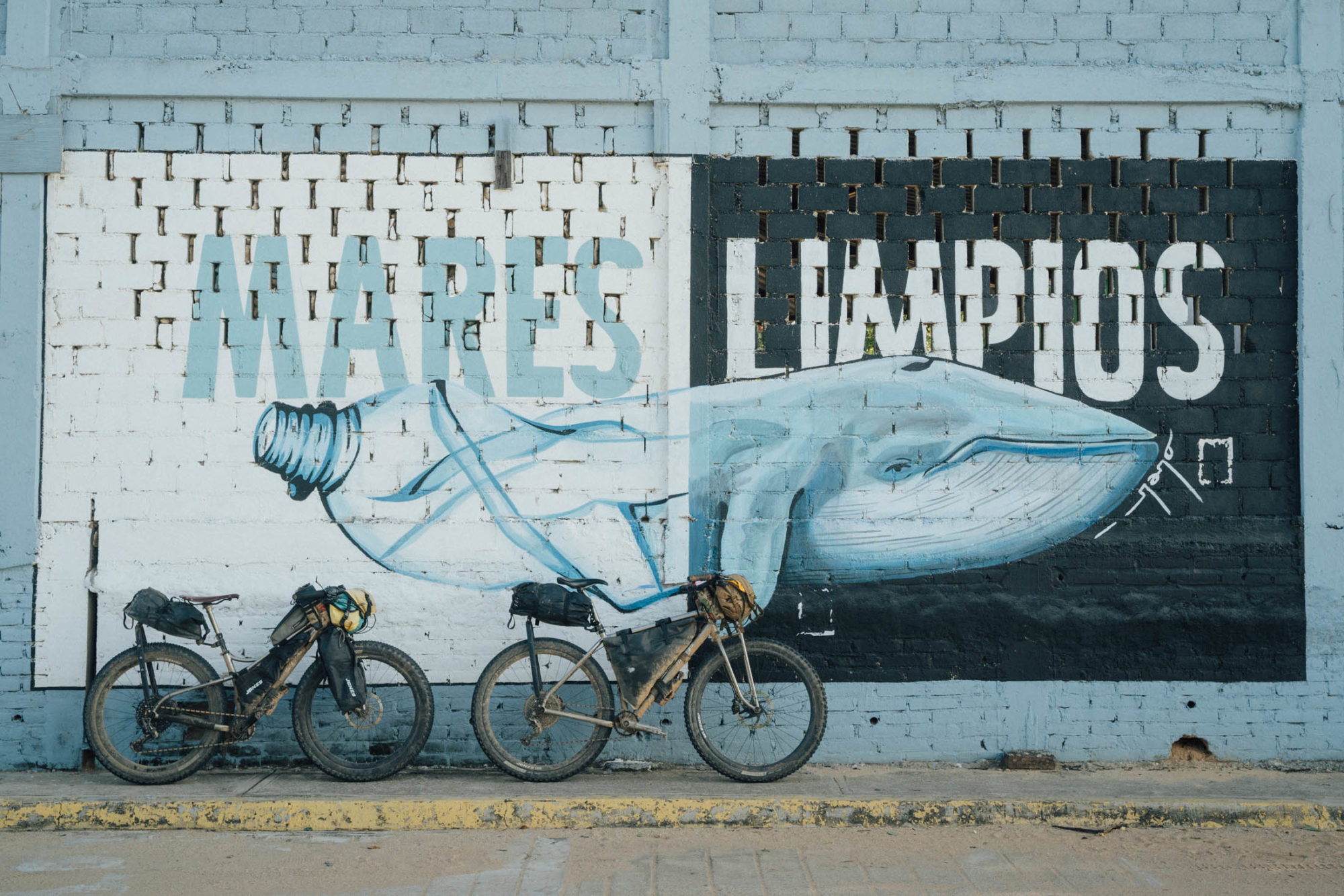
15b) How about a plastic-free ultra!
Taylor Doyle recently sent over materials for a new initiative that they started this year. Ultra Distance Plastic Resistance is a challenge to the racing community to ride a plastic-free bikepacking ride or race in 2023. To read the rules and sign up, go to the pledge page here and then report a ride here and tag #plasticfreeultra on the socials.
BACKGROUND READING
Ultimately, our trash and what we do with it is a rapidly growing problem that’s impacting every part of the globe, be it on land or in the sea. This podcast from Today Explained reveals how little waste is really recycled. National Sword, from the excellent 99 Percent Invisible podcast series, offers a fascinating insight into this complicated topic – past and present. Similarly, NPR’s The Litter Myth offers a background to the US’s devilish Keep America Clean Campaign, as financed by Coca-Cola and others. Unfortunately, the solutions aren’t always as clear cut as we may hope, as this BBC report suggests.
Netflix’s Recycling Sham, part of the Broken Series, makes for a sobering watch, and the Story of Plastic is another shocking must-see. And watch the BBC’s War on Plastics – co-hosted by the inimitable
Hugh Fearnley-Whittingstall, a chef and forager known for his ethical and seasonal commitments to cuisine – for additional ideas of what you can do to help.
Cutting down significantly on packaging waste is a great first step to making other radical changes that help protect our environment. It’s actually relatively easy – we just need to make it a priority and plan accordingly. With time, waste reduction becomes a habit that can be easily adapted to our specific needs at different times and in diverse locations. If I find myself wavering, I like to remind myself that nothing I use for a matter of minutes should pollute the environment for hundreds of years – whether it has a discernibly direct impact or not.
Our individual actions may seem inconsequential when faced with the enormity of our environmental problems, but if we aren’t willing to take accountability for our own shortcomings and work on making improvements, how can we expect better from our governments and the big business they regulate?
And who knows what other positive differences it will spark us to make? When it comes to safeguarding our planet, it’s not a political debate. Protecting the environment is simply a baseline we all need to incorporate into how we live. The ideas here are hands-on ways to cut down on the waste we create as individuals. But it’s important to evaluate other changes we can make in our day-to-day lives, from the foods we eat to the goods we consume. And to apply pressure on our governments to regulate big business and garner crucial change before it’s too late!
Let’s add to this resource! Do you know a brand that offers camping food in compostable packaging? Do you have a good resource to point people to? Any tricks and tips for reducing waste whilst riding? Let us know in the comments below.
Related Content
Make sure to dig into these related articles for more info...
Please keep the conversation civil, constructive, and inclusive, or your comment will be removed.












